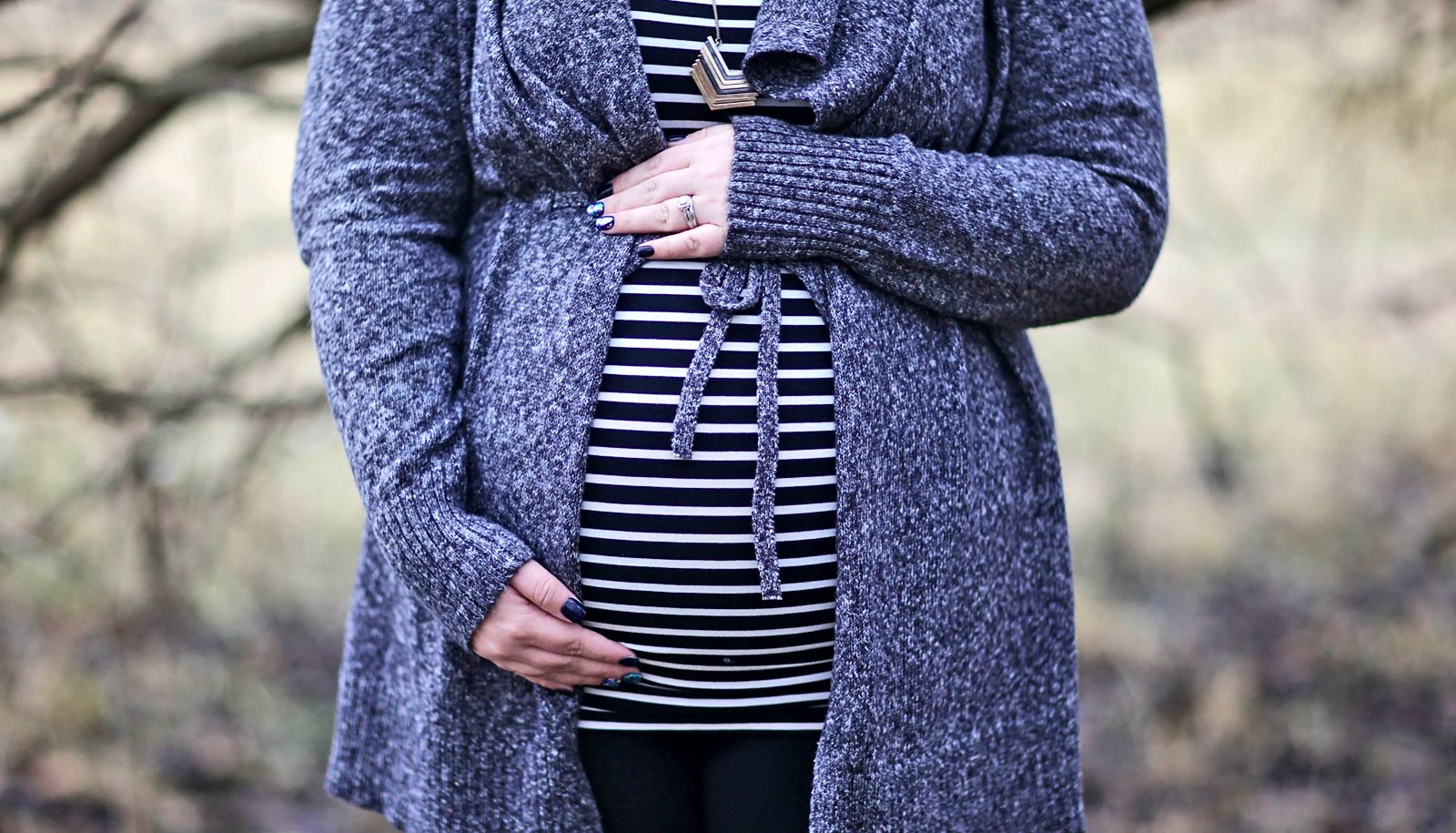To model how compounds can pass from mother to fetus, engineers have created a “placenta on a chip.”
“I am interested in microfluidics and I’ve been excited about using the technology to understand what happens in the cellular environment and within the body,” says Nicole Hashemi, an associate professor of mechanical engineering at Iowa State University and the leader of this project. “We looked at different organs and decided on developing a placenta model because there aren’t many studies on this important temporary organ.”
The placenta develops inside a woman’s uterus during pregnancy. Through the umbilical cord, it provides oxygen and nutrients to the fetus and removes waste from the fetal bloodstream.
Animal models of the placenta don’t translate well to human health, Hashemi says. And because of the temporary nature of the placenta, there haven’t been a lot of human studies. Those that have been done have shown inconsistent results.
Hashemi says it took four years of challenging work to come up with a working model. First, the engineers had to design the microfluidics—they ultimately decided on a model featuring two microchannels just 100 millionths of a meter high and 400 millionths of a meter wide.
Then they had to figure out how to effectively grow cells on either side of a porous, biocompatible membrane that would separate the two channels and represent the placental barrier. They also had to identify the right compound to test using the model so they could understand transport from the maternal side to the fetal side.
The engineers decided on caffeine for their initial study. Because of unknown effects of maternal caffeine intake on the fetus, health authorities such as the World Health Organization have recommended restricting caffeine intake during pregnancy.
It’s also an important question to Hashemi: “I drink a lot of tea,” she explains, a cup of tea sitting on her office desk. “This is personal to me.”
And does caffeine from mother’s tea or coffee make it into baby’s bloodstream? Tests with the model say some of it does.
The engineers introduced a caffeine concentration of 0.25 milligrams per milliliter—a concentration that the US Food and Drug Administration guidelines deem safe—to the maternal side of the model for an hour and then monitored changes over 7.5 hours, according to the paper. At six and a half hours, the maternal side reached a steady caffeine concentration of 0.1513 milligrams per milliliter and the fetal side reached a steady concentration of 0.0033 after five hours.
Now that they’ve demonstrated their technology, Hashemi says the model is in use at Ohio State University’s College of Medicine to study how different drugs move through the placental barrier.
There has also been interest in studying how environmental toxins go from mother to fetus, she says. Future studies could include personalizing the technology—actually tuning the model with cells from a mother or fetus to help prescribe medicines or dosages. And maybe researchers could one day study the effects of placental transport of chemicals and compounds on individual cells.
“We are trying to model the real placenta,” Hashemi says. “Now that we have this placenta-on-a-chip technology in place, we can collaborate with researchers working on all kinds of projects.”
Hashemi is corresponding author of a paper describing the placenta model in the journal Global Challenges. A grant from the Office of Naval Research and a Young Researcher Prize from Lush supported the work.
Source: Iowa State University



